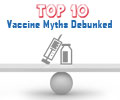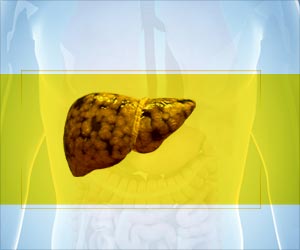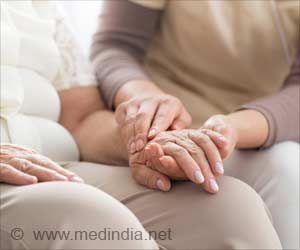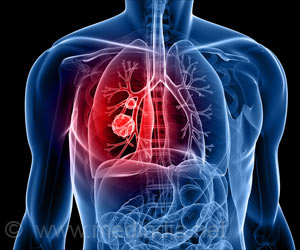New three-dose regimen vaccine, to be administered over a span of a week is the first in the long list of existing rabies vaccines that require five doses.

‘Post-market surveillance is needed to explore the success of the new rabies vaccine in the pediatric population and studies should be conducted on pregnant women and immunosuppressed persons.’
Read More..




The vaccine is expected to cost a patient Rs. 2,145 and is expected to be launched in the private market across 11 states, including Gujarat.Read More..
Dr. Manjul Joshipura, senior vice-president of Innovations and New Products at Cadila Pharma, said that the vaccine has been in development since 2010.
After introducing it in the private sector, the company may consider approaching the government as well to add it to the basket of rabies vaccine at government facilities, but subject to pricing negotiations with the government, he added.
The result of the phase-3 clinical trial of the vaccine involving 800 volunteers aged between 18 and 65 years was published in September 2021 in Human Vaccines and Immunotherapeutics journal.
Dr. H.S. Ravish of the Department of Community Medicine said that based on existing studies and literature, nearly 30 to 40 percent of patients drop out after three doses of the existing five-dose regimen owing to the complicated dosing schedule, frequent visits to the hospital or clinic, and potential loss of income associated with these visits. So, he said, the three-dose regimen of ThRabis will address this issue.
Advertisement
As per surveys conducted by APCRI, the total number of animal bites recorded in seven states including Himachal Pradesh, Bihar, West Bengal, Manipur, Kerala, Madhya Pradesh, and Gujarat increased from 998,276 in 2012 to 1,17,873 in 2016.
Advertisement
Source-Medindia










